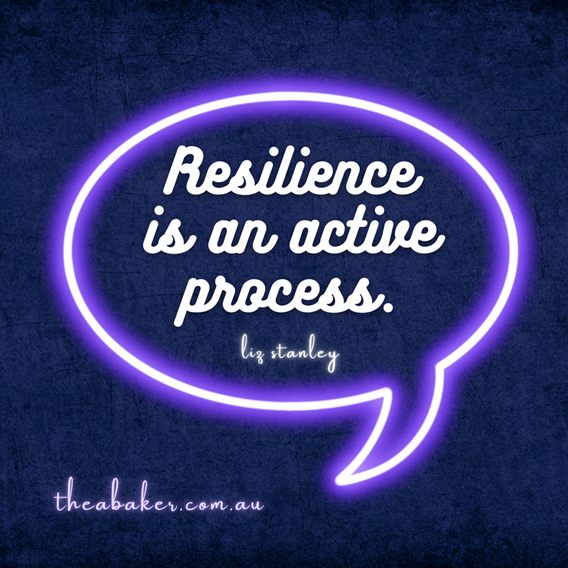Managing your Window of Tolerance – Part 1
Managing your Window of Tolerance – Part 1
We’ve spent the last few weeks looking at some of the basic concepts around emotional regulation and within that the idea of our ‘Window of Tolerance’. As a bit of a recap, the window of tolerance is the zone where big emotions can be processed in a healthy way, allowing us to function and react to stress, anxiety, and fear effectively.
It’s the comfort-zone where we have the ability to self-soothe and self-regulate. We also learned that when we’ve experienced trauma our window of tolerance can get adversely affected, and so we can find our body responding defensively when we don’t need or want it to, causing us to leave our window of tolerance and the end result is some form of emotional dysregulation. If you missed it, click HERE for all the juicy background bits. We’ve also added some practical steps to working on our emotional regulation in order to spend more of our time within our ‘window’ (click HERE) for that one.
This week the focus is going to be on the first of the two pathways that we can utilise to manage our window of tolerance so that we’re doing a more efficient job of regulating our emotions:
- Widening the window – helps us to keep in the optimal zone of engagement for longer, which means we’re less likely to become dysregulated when we’re under stress or experiencing anxiety
- Self-regulation strategies – helps us process our stress and anxiety and bring ourselves back inside our window so that we can engage in daily life.
Widening your window of tolerance:
Remember what we said in an earlier blog about trauma narrowing our window? Well, one of the key ways of dealing with the dysregulation that comes from this is to actively reverse this process. There are four ways that we can do this:
- Practicing mindfulness – when we are practicing being more mindful, we are focusing on the present moment so that instead of actively working to stop unwanted stress or anxiety, we actually just allow the moments to pass through our nervous system without attaching any specific stories or bodily reaction to it. We can practice mindfulness by:
- Building awareness – noticing feelings, sensations and the stories behind them
- Be more open – welcome all the feelings (positive and the uncomfortable ones) without pushing them down or avoiding any
- Be more accepting – accept without judgement or censorship any of the thoughts of feelings that come your way
- Be present – switching the focus to the present moment, without judgement and without multitasking
- Increase happiness – there are four happiness chemicals that our brain releases when we are feeling good. We use the pneumonic DOSE to remember these, and as we have more positive experience, as well as releasing these chemicals (neurotransmitters) we also widen our window of tolerance:
- Dopamine – make a to-do-list (and tick off the things you achieve), create something (music, writing, art, food etc.), meditate
- Oxytocin – physical touch, cuddles, eye contact, hanging out with loved ones, listening to music
- Serotonin – get sunshine, get outdoors, do cold showers, get a massage
- Endorphins – laughter, crying, eating dark chocolate or spicy food
- Reduce shame – we all experience shame sometimes and it’s a super common ‘side effect’ of trauma. Here are five ways that we can work with shame:
- Name it – really pay attention to the common themes that are coming up for you
- Listen to how you are talking to yourself
- Write about it
- Tell someone trustworthy – shame dies in the light
- Approach your shame stories with self-compassion
- Build resilience – so important for bouncing back after traumatic events. Building resilience will directly expand our window of tolerance and improve our capacity to deal with difficult life events:
- Build connections – prioritise the safe relationships close to you, join a group or create new connections
- Foster whole-person health – physical, mental, emotional, and spiritual (broadly think about the things that you are passionate about here) health
- Find purpose – look for opportunities for self-discovery, embrace change, be optimistic, help support others
Next week, we’ll explore those practical self-regulation skills to help us spend more time within our window of tolerance.
If you’d like to explore your own emotional regulation skills and would like a safe space to talk about your mental health, please get in touch with us: www.theabaker.com.au / hello@theabaker.com.au / 03 9077 8194.


